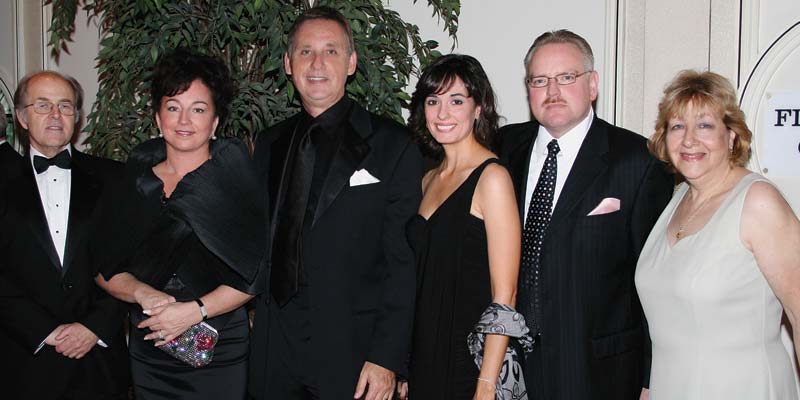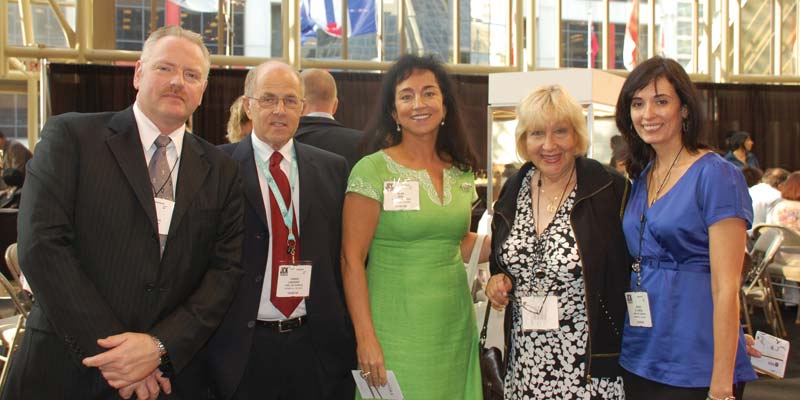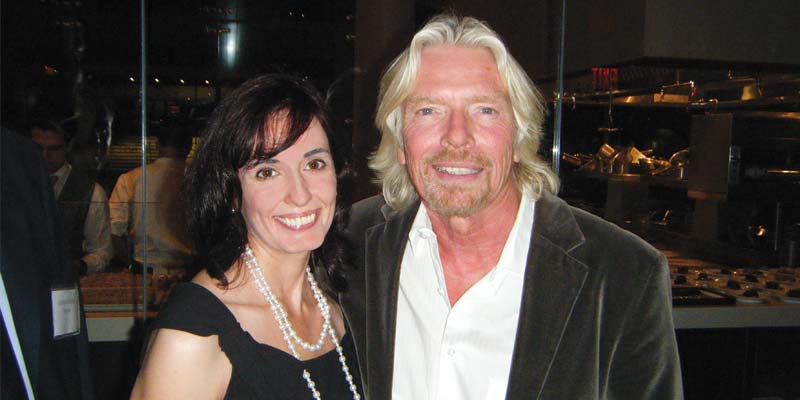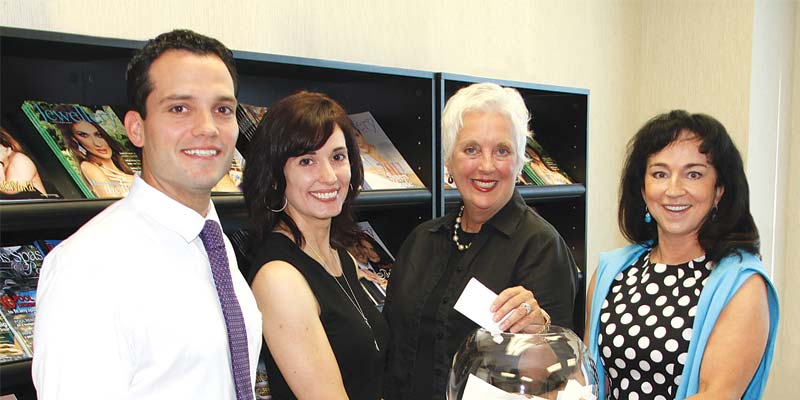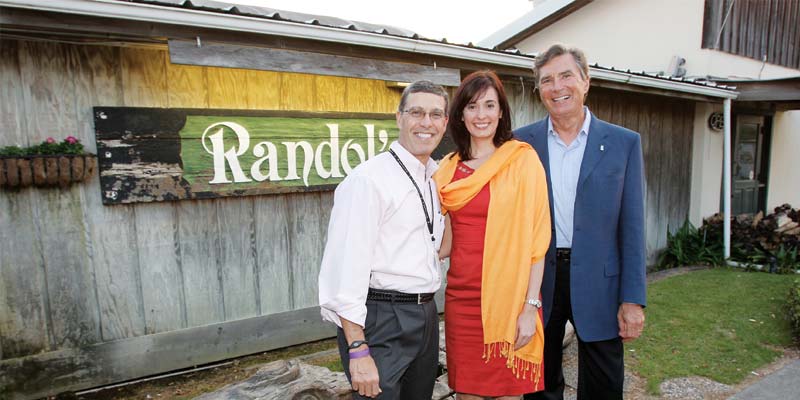That’s not to say the Canadian jewellery industry hasn’t had its share of challenges. In 2007, the Great Recession rocked global markets and took its toll on the luxury sector. The cost of raw materials, particularly gold, skyrocketed, and consumers put luxury spending on the backburner. Most conversations among retailers and suppliers at the time centred on ‘price point,’ not to mention bead jewellery, which many heralded as the saviour of the jewellery industry with its do-it-yourself appeal and affordability.
In the meantime, low-cost jewellery centres overseas took some of the shine off Canada’s manufacturing sector. Competition from factories that could pump out product at a fraction of the cost of Canadian manufacturers drove companies to be smarter and more cost-effective in their production methods.”¨ It even forced some to shut down operations. Branding became more prominent, particularly when it came to Canadian diamonds, a product consumers were willing to pay a premium to ensure their symbol of enduring love was conflict-free.
The global jewellery industry has evolved greatly in the last 10 years, particularly where technology is concerned. Machines create gem-quality diamonds, a 3D printer can grow a highly detailed wax mould, and a smartwatch not only tells the time, but it will find the closest Tim Hortons. Wearables may not have grown out of the jewellery or watch industry, but they have certainly become a daily fixture in industry headlines of late.
And speaking of headlines, it seems not a day goes by that a new threat surfaces jeopardizing consumer confidence. Diamonds carrying over-graded reports and the discovery of undisclosed synthetics in the pipeline have shaken the industry, forcing public debate to find solutions and tighter controls to maintain public trust.
Indeed, there is never a dull moment in the jewellery industry, and that includes rubbing shoulders with celebrated figures and respected colleagues. We’ve spoken to countless experts to bring you content that matters to your bottom line. And we’re sure to do more of the same over the next 10 years and beyond.


